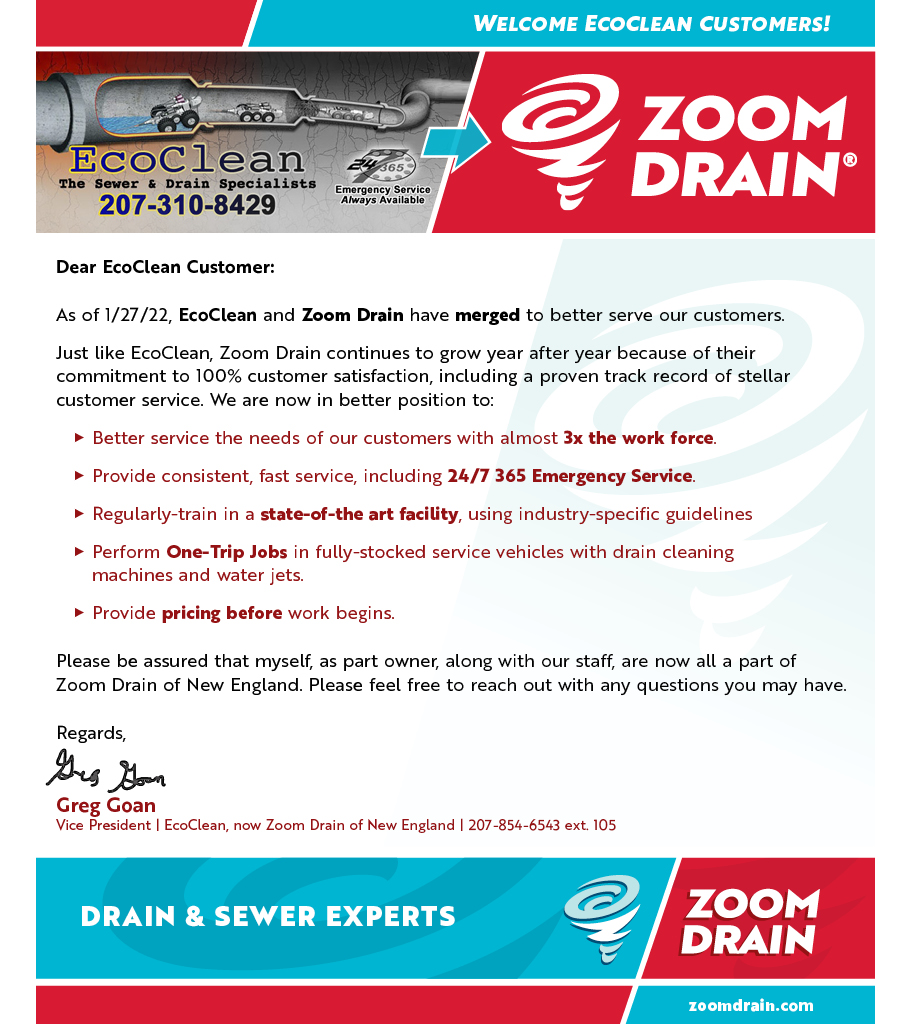There are many issues that can cause a basement to flood, including:
- A heavy rainstorm.
- A damaged or broken pipe.
- A sump pump that fails.
No matter what the cause, the result is often the same – a basement filled with water. Follow these steps to protect your property, and prevent long-term damage to your home.
1. Turn Off Power to Your Basement
As you know, water and electricity don't mix, so before you enter a flooded basement to inspect the damage, you will want to make sure the power is off first. If your main breaker box is located in the basement, contact an electrician or your power company for assistance.
2, Check for Water Contamination
If a sewer line backup is the cause of the flooding, or water from the sewer system has mixed with floodwater in the basement, the water is likely contaminated. In that case, stay out of the basement, as the contaminated water poses a health risk.
3. Wear Appropriate Clothing
Before you enter the basement and begin assessing the damage, put on protective clothing. Be sure to wear pants and a long-sleeve shirt and waterproof rubber boots. If you have gloves and safety goggles, that can also help protect you from potential contaminants in the water.
4. Remove Items from the Basement
As soon as it is safe to do so, you should begin removing your possessions from the basement to minimize any water damage. Place them in a well-ventilated area of your home our outside where they can dry out. You should also take an inventory of all items. Make note of any items that were damaged during the flooding in case you need to file an insurance claim.
5. Extract Water, if Possible
Depending on how much water you have in the basement, you may be able to use a wet / dry vac or a portable sump pump to remove the water. If you don't own one, both of these items can easily be rented at a local home improvement or hardware store. However, if you have several inches or more of standing water, you should consider calling for professional help.
6. Remove Rugs
If there are any area rugs in your basement, remove them and begin drying them outside, or take them to be professionally cleaned. If your basement is carpeted, you will likely need to rip up the carpeting. That's because the water could also damage the backing and padding under the carpet, which could lead to mold. Again, call a professional to remove the carpet if needed.
7. Begin the Drying-out Process
Once you have removed everything from the basement and extracted all the water, it's time to begin the process of drying out process. Fans can help with this process, as can opening basement windows. You may also want to run a dehumidifier to remove moisture and help prevent mold from forming. Mold can form in as little as 24 hours, so it's important to act fast.
8. Get a Professional Opinion
Once the flood is taken care of, it's time to get to the root of the problem. EcoClean can inspect your pipes, sewer lines and basement drains to figure out what may have caused the flood, fix any issues and hopefully prevent future basement flooding from occurring.


